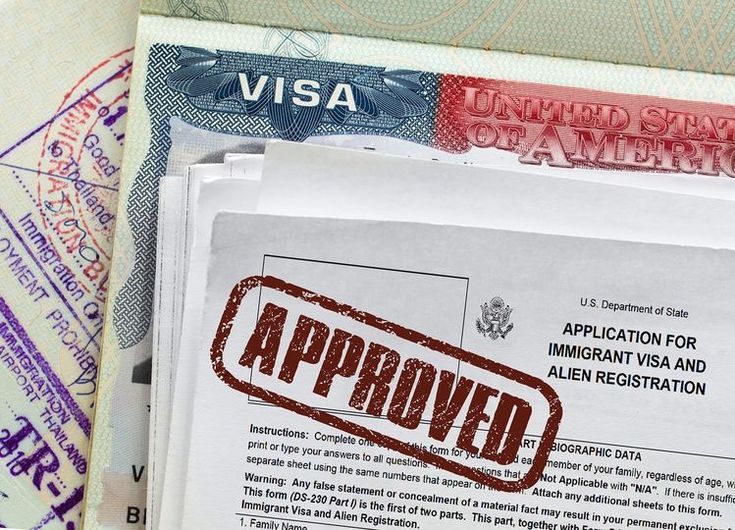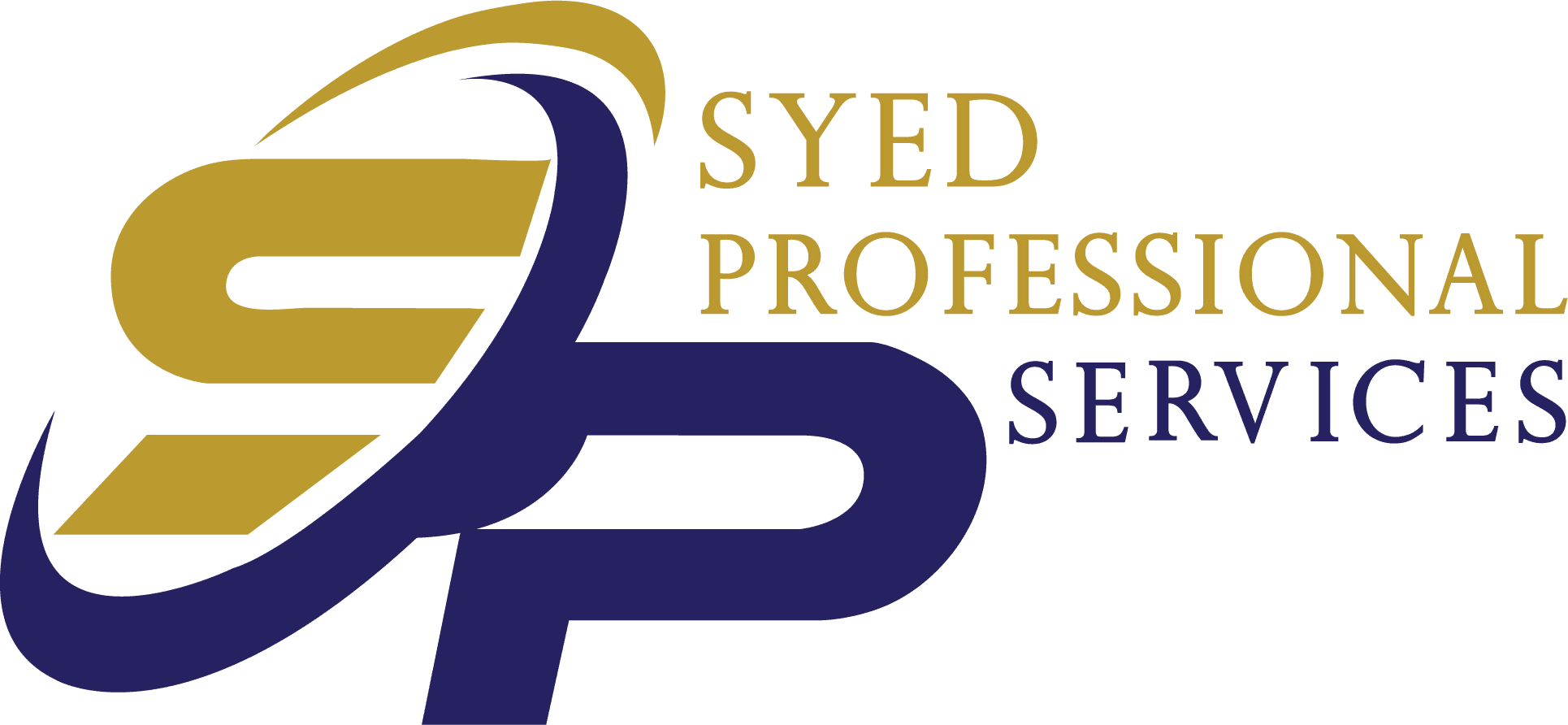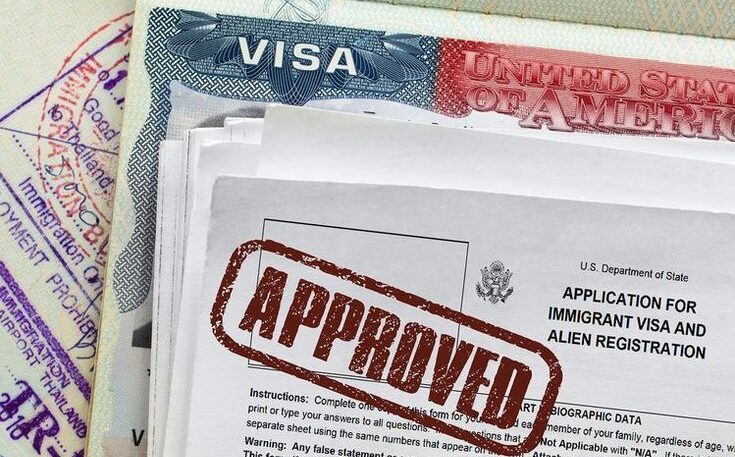Beyond the Paperwork: 5 Powerful Ways Visitor Visas Are Shaping Global Experiences in 2025
In an era when borders feel simultaneously more connected and more contested, visitor visas are becoming more than just bureaucratic stamps — they’re instruments that shape how people experience cultures, economies, and global mobility. In 2025, new trends, technological tools, and shifting policies are turning visitor visas into catalysts for both opportunity and friction. This article explores how visitor visas are influencing global experiences—positively and negatively—and what this means for travelers, policymakers, and nations alike.
The Changing Role of Visitor Visas in 2025
Traditionally, visitor visas served two basic functions: to allow entry for tourism, short-term business, or visiting family, and to regulate who can and cannot cross borders. But in 2025, visitor visas are evolving in multiple dimensions:
-
Digitalization & automation in visa processing
-
Hybrid travel / “slow travel” arrangements
-
Extended stay and repeat-entry privileges
-
Linkages with remote work / digital nomad policies
-
Cross-border cultural & educational ties
-
Heightened security, surveillance, and compliance demands
The simple act of granting someone permission to visit now ripples across sectors—tourism, education, business, immigration, diplomacy, and tech infrastructure.
Below, we’ll dive into five powerful ways visitor visas are shaping global experiences in 2025, along with the upsides, pitfalls, and practical considerations.
1. Faster, Smarter Visa Processing Through Digital Innovation
✅ Positive Impact: Speed, Convenience, Transparency
In 2025, many countries are deploying AI, biometric verification, API-based background checks, and integrated national identity systems to streamline visa applications. Travelers can now:
-
Apply via apps or portals and receive fast decisions
-
Track visa progress in real time
-
Upload supporting documents digitally
-
Benefit from predictive visa recommendations
These improvements reduce waiting times, minimize errors, and enhance the user experience. The automation helps consulates and immigration offices manage volume more efficiently, lowering administrative overhead.
⚠️ Negative Impact: Technical Failures, Digital Exclusion
But the shift to digital-only processes carries risks. When systems crash, applicants may get stuck. People from rural regions or with limited digital literacy might struggle. Moreover, heavy reliance on biometric data and machine decisioning can raise privacy or bias concerns.
For example, a traveler whose country has weak digital infrastructure might struggle to get visa status updates, delaying their trip. Governments must guard against these exclusionary effects.
2. Extended Stay & Repeat‑Entry Visas Change the Travel Paradigm
✅ Positive Impact: Flexibility and Depth of Experience
Several countries are expanding visitor visa schemes to allow longer stays (e.g. 6 months to a year) or multiple entries (valid for 1–2 years). For travelers, this means:
-
More relaxed itineraries
-
Opportunities to immerse in local life
-
Ability to plan longer work‑vacation (hybrid) trips
-
Less frequent visa renewals
This shift encourages deeper cultural exchange, longer stays in under-visited destinations, and smoother transitions between visits.
⚠️ Negative Impact: Security & Monitoring Challenges
Longer stays can complicate oversight. It becomes harder to track overstays, enforce legal compliance, or ensure visitors don’t convert status illicitly into unauthorized residence. Some governments may respond with stricter checks or surveillance, which raises friction and tension.
Countries need better tools to monitor visa usage, detect misuse, and balance openness with security.
3. Visitor Visas Blend with Remote Work & Digital Nomad Trends
✅ Positive Impact: New Travel-Work Models
In 2025, many nations now integrate digital nomad visa features into traditional visitor visa frameworks. Travelers can visit and work remotely legally for a limited time. This hybrid model:
-
Attracts high-skilled remote workers
-
Injects spending into local economies
-
Expands cultural cross-pollination
-
Enhances the attractiveness of destinations
A creative economy entrepreneur, for example, might bounce between countries while contributing tax revenue and local demand for services.
⚠️ Negative Impact: Regulatory Complexity & Tax Evasion Risks
This blending complicates taxation, labor law, health coverage, and compliance. There’s risk of misuse (e.g. people using a visitor visa indefinitely for full-time remote work). Governments must craft clear rules and enforce them.
Conflicts may emerge: remote workers might argue their stay should convert to work visas. Local workers may feel threatened. Authorities must manage competitive tensions.
4. Cultural Diplomacy, Soft Power & Tourism Strategy
✅ Positive Impact: Promoting Global Exchange
Visas are strategic tools of soft power. Nations can ease visa access to promote tourism, education exchange, and cultural ties. For example:
-
Visa-free or visa-on-arrival access for target countries
-
Facilitated student and researcher exchanges
-
Partnerships with travel tech platforms
These policies can deepen mutual understanding, boost tourism, and strengthen diplomatic channels.
⚠️ Negative Impact: Unequal Access & Geopolitical Friction
But visa privilege is often asymmetric—some countries impose high barriers while others reciprocate low barriers. This imbalance can breed resentment. Also, easing visas could be exploited for illicit travel, smuggling, or exploitation.
Policymakers must calibrate visa waiver regimes carefully, balancing openness with security.
5. Dynamic, Data‑Driven Visa Policies & Risk Management
✅ Positive Impact: Adaptive, Evidence‑Based Policy
In 2025, many countries are adopting data analytics, machine learning, and risk scoring to tailor visitor visa policies. This allows:
-
Dynamic visa requirements based on origin, traveler history, threat levels
-
Tailored screening rather than blanket rules
-
Predictive risk flagging
-
Continuous feedback loops and policy tweaking
By using data, nations can allocate resources to high-risk areas while streamlining low-risk travel.
⚠️ Negative Impact: Opaqueness, Discrimination & Pushback
Relying on opaque algorithms can frustrate travelers who don’t know why they were denied. Risk models may embed biases (e.g. based on nationality or travel history) and fuel perceptions of unfairness or discrimination.
If citizens feel treated unfairly, trust in visa systems can erode. Transparency, appeals, and oversight are essential.

The Interplay of Positivity and Negativity
Visitor visas in 2025 are a double-edged sword. On one side, they enable faster travel, deeper stays, hybrid work, cultural exchange, and data‑informed policy. On the other, they risk digital exclusion, surveillance, bias, misuse, and regulatory backlashes.
The real task for governments and institutions is managing that balance: pushing innovation while preserving fairness, accountability, and trust.
Strategies for Balanced, Trustworthy Visa Systems
If you’re a policymaker, immigration authority, visa service provider, or traveler, here are guiding approaches to maximize benefits and minimize harms.
1. Hybrid Decisioning with Human Oversight
Use automation and risk scoring for standard cases, but ensure appeals, human override, or manual review for edge cases.
2. Explainable Decisions & Fairness Disclosure
When someone is denied or flagged, provide reasons and recourse. Use interpretable models rather than black-box ones.
3. Digital Inclusion & Offline Channels
Support applicants in low-digital-resource areas. Provide offline application modes, support centers, or hybrid approaches.
4. Privacy & Data Protection by Design
Limit data collection, anonymize training sets, encrypt, restrict access, and adhere to standards like GDPR.
5. Incremental Implementation & Pilots
Roll out new visa features (longer stays, remote work, dynamic screening) first in pilot programs or low‑risk cohorts.
6. Transparent Policy Communication
Publish guidelines, feedback channels, performance dashboards, and clarify decision logic to build trust.
7. Regular Audits & Compliance Monitoring
Periodically audit algorithmic decisions, check for bias, monitor visa overstay, and publicly report results.
8. International Coordination & Reciprocity
Work with other nations to harmonize visa rules, share best practices, and address misuse with shared data frameworks.
A Glimpse Ahead: What Will Visitor Visas Look Like in the Next Decade?
-
Self‑sovereign digital identities: applicants carry verifiable credentials in wallets
-
Zero-knowledge proofs: allow verification without revealing full personal data
-
Adaptive visas: where permissions evolve based on traveler behavior
-
Global visa networks: interoperable systems across regions
-
Visa subscription models: multi-country passes or universal travel credentials
-
AI‑powered concierge visa assistants: guiding applicants, pre‑checking, and optimizing itineraries
These shifts could transform visitor visas from friction points into enablers of seamless mobility, global exchange, and deeper travel engagement.
Conclusion
In 2025, visitor visas aren’t just bureaucratic stamps — they’re powerful levers shaping how humanity connects across borders. The positive side glimmers: speed, flexibility, deeper cultural immersion, and smart policy. Yet the risks loom: exclusion, surveillance, algorithmic unfairness, and unintended misuse.
By weaving in human oversight, transparency, data governance, and incremental rollout strategies, nations can harness the power of visitor visas to build trust, foster mobility, and unlock global experiences that go far “beyond the paperwork.”
FAQs
Why include a number (“5”) in the title?
Using a number signals structure and clarity—it boosts click-through rates by promising a succinct, digestible list of insights.
Can visitor visas truly allow remote work?
Yes, many governments are integrating digital nomad features into visitor visa frameworks, but rules vary widely. Clear definitions and limits are key to avoid abuse.
Is it fair to use algorithms in visa decisions?
They can be fair, but only when properly audited, explainable, and balanced with human oversight. Blind reliance invites bias and backlash.
What if someone is denied via the automated system?
Best practice: provide reasons, appeal paths, human review, and guidelines for reapplication.
How can governments stop misuse or overstays?
Continuous monitoring systems, data sharing across borders, algorithmic flags, and enforcement mechanisms help track and curb misuse.
Will visa processes become entirely digital in future?
Likely, but with hybrid safeguards. Complete digitization risks exclusion and vulnerabilities without proper design for fairness and contingency.




